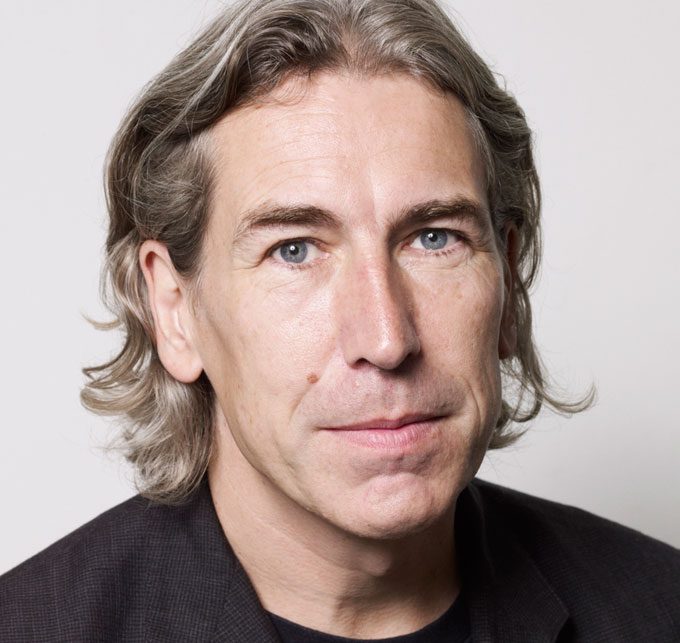Jeremy Leslie has 25 years’ experience as a magazine designer, has written two books on the subject and is currently creative director of MagCulture. He has worked at titles like Blitz and Time Out as well as for companies like Waitrose and Virgin Atlantic.
On being allowed room to breathe... The process should be entirely collaborative in terms of developing the brief and scope of a project. But then the client should be prepared to walk away and let you get on with what they're paying you to do — design. Subsequently when you show them proposals and work in progress their opinion is vital, and you’re collaborating again, but the relationship will break down if they expect continual involvement through every stage. They need to allow you space.
The brief is an essential starting point, but should be continually challenged by designer and client together. The worst start to a project is the completely open “Do what you want” email. Designers need information and parameters, even if self-imposed. You want to know that the client has thought about the project, have considered what it entails and how success can be measured. Even if it's a clumsy attempt at such, at least they have tried.
On managing expectations... I always seek to agree a schedule with distinct decision-making points so that everyone — client and us — know what to expect. So if they chase progress you can easily reassure them: “We'll be sharing this next stage on Tuesday as agreed.”
Why it’s not necessary to be friends... Chemistry is everything. That doesn't mean a love-in, it means mutual respect and that includes tension and arguing from both sides at points. As the selling party you do have to bite your lip sometimes and choose when to fight, but you can’t afford to give in to things with testing the client’s resolve. The most satisfying work happens when you persuade the client you are right, then they persuade you of something at the next stage. Clients generally know their businesses well and can spot things you don’t appreciate, just as you have an outsider’s eye and can see things they fail to register. In the end you'’re not seeking friendship, you’re looking to help the client achieve business success. It’s the end work that counts, not becoming buddies.
On what the uncertain media landscape means for the client relationship... My direct experience is that that very up-in-air-ness of editorial design at the moment means clients or potential clients need help, and the best ones understand that they need that help. That's why they’re there in front of you. In a way, when a situation is more certain then they might be less willing to listen to you.
Why you should be nice to waiters... It’s all just experience, I guess how you judge them at first. If the client(s) seem to lack respect for you or for each other then chances are something will kick off at some point. How the person handles themselves, how they treat you and their colleagues/staff at the cafe if you're away from an office. The homework they’ve done, the way they talk about the project in hand. Their frankness. Whether they’re believable or bullshitters.
